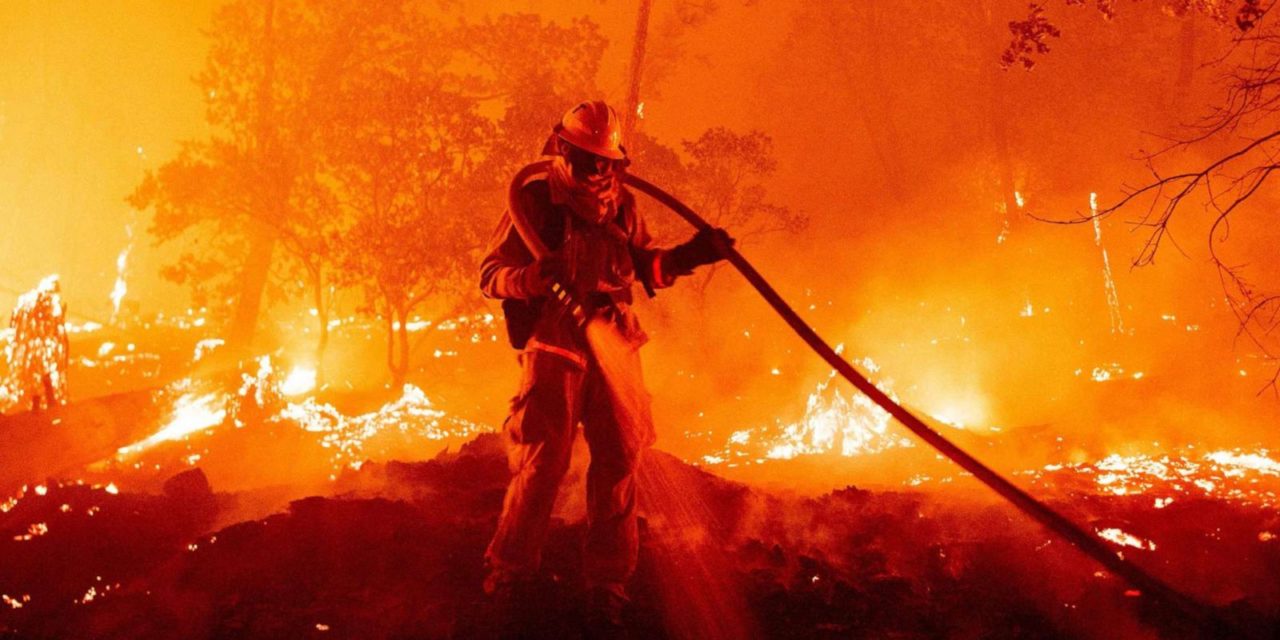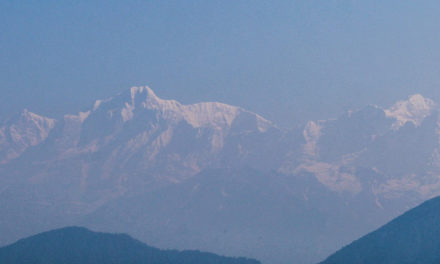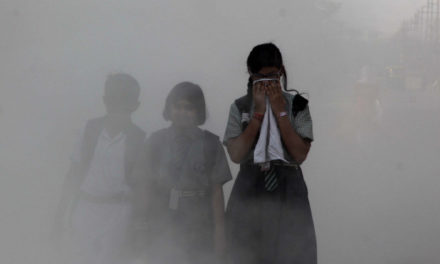More than 13,000 lightning strikes across California ignited three of the most massive fires in California history in the Bay area. Other parts of the US are also experiencing unprecedented outbreaks with strong winds that are likely to propel the extraordinary number of fires burning in California, Oregon and Washington.
The wildfires raging across California are a result of extreme weather and have forced over 30,000 people to vacate their homes and businesses. Firefighters and volunteers have been pushed to breaking point as they continue to deal with challenges from the coronavirus pandemic and a lack of available crews.
After battling blazes in the south, some firefighters have headed north to take on more flames and are deploying every available resource to combat and contain the raging fires. Making the situation even more dangerous is that the region is facing powerful winds with gusts over 60 mph, arid vegetation, low humidity, and a long duration of favourable conditions for a fire.
To date, eight lives have been lost and more than 3,300 structures destroyed while more than 7,500 wildfires have claimed just over 2.2 million acres of land across California. This is a record number of acres burned and this year’s fire season still has another four months to go.
Rapidly spreading wildfires are not novel to Californians, who have become despairingly used to the smoke and evacuations that come with such events. However, this summer’s blazes stand apart in their magnitude, timing and force, even among previous record-breaking fire seasons.
The World is Heating Up
Aside from the Californian heatwaves, Los Angeles County reported its highest-ever temperature of 49.4C (121F) this past Sunday. Across Europe, particularly in the UK, Spain and France, temperatures have soared with a second heatwave hitting in the space of the week. The UK reported a high of 39C, making conditions even more dangerous for extreme fire behaviour.
Experts have long cautioned that temperatures will continue to rise in the coming years, which speaks to the more significant problem of global warming and its ongoing effects on both our weather systems and climate. Extreme fires are a growing threat to public health and safety, to homes, to air quality and climate change.
What About Air Quality
The low air quality many are experiencing as dozens of wildfires pump thick smoke and ash into the air is no joke. Smoke, soot, and ash from the fires shrouded Northern California in the dirtiest air in the world last week.
The biggest health threat from smoke is from fine particles. These microscopic particles can get into your eyes and respiratory system, causing burning eyes, runny nose, and infections such as bronchitis. Fine particles can also aggravate chronic heart and lung diseases – which does not bode for those with already compromised health.
Featured image credit: ABC News
- Britain Set to Release the First Approved COVID-19 Vaccine in Coming Weeks - 6th December 2020
- 11 Most Cinematic Couples to Ever Grace the Silver Screen - 18th November 2020
- Iconic Brands That Have Prospered for Over 100 Years - 16th November 2020






